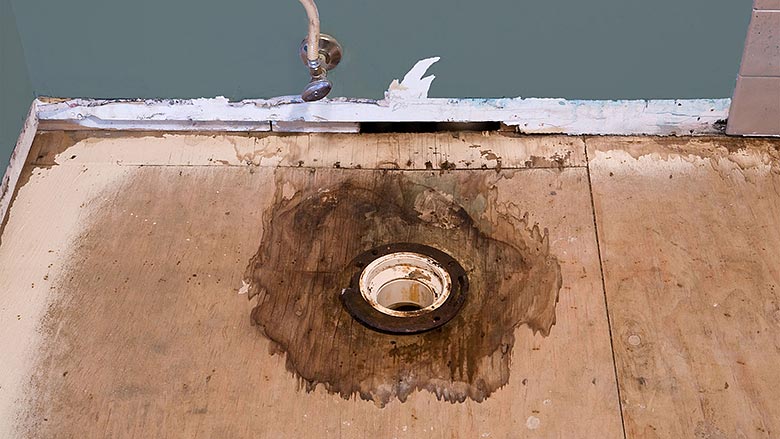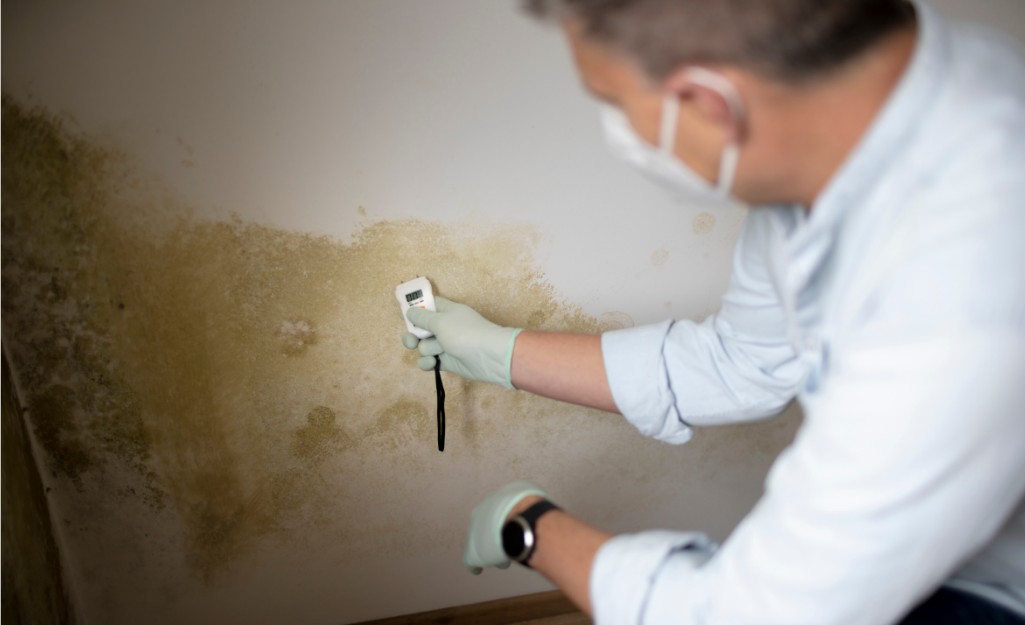Searching for Indications of Water Damage in the Bathroom
Searching for Indications of Water Damage in the Bathroom
Blog Article
On this page in the next paragraph you might get some excellent advice related to Looking for Signs of Water Damage in the Bathroom.

The washroom is extremely at risk for moist build-up and prospective water damages as a result of the constant use of water in it. This short article uses basic examination strategies to aid detecting water damage risks.
The regular use water in the washroom makes it exceptionally at risk for wet build-up and possible water damage. By evaluating it regularly, you can decrease water relevant problems.
The complying with set of assessments is very easy to execute and should be done when in every 3 months in order to keep your bathroom healthy and also to prevent prospective water problems triggered by the bath tub, the shower, pipeline joints and also plumbing, sinks, cabinets, and the toilet
Do not forget performing these inspections and be comprehensive while performing them. Keep in mind that these straightforward inspections can save you a lot of cash by supplying early indications for water damage
Sinks and Cabinets
Sinks and cabinets are exposed to moisture and moisture day-to-day and also are often neglected. Evaluate consistently under the sink and also on the counter top above it. Repair any drip in the trap as it might recommend drainpipe troubles. Browse the sink, sluggish draining pipes may indicate an obstructed drain. Replace sink seals if they are cracked or loosened.
Bath tub as well as Shower
The shower as well as tub need unique focus and also upkeep. Inspect the tiles and change if split. Make certain that there is no missing out on cement between the tiles. Evaluate and also change broken caulking at joints where the walls meet the flooring or the bathtub. Obstructed drains pipes and pipelines troubles will prevent the bath tub from drying and also might indicate significant issues below the bathtub. Seek advice from an expert immediately to stop structural damages. Focus on stainings or soft areas around the bath tub walls as they may show an interior leakage.
Plumbing
Signs for water damages are hard to identify considering that many pipelines are installed inside the walls.
Pay special focus to floor covering and also walls dampness as well as stains as they might indicate an unseen plumbing issue. Examine wetness levels in adjoining spaces as well.
The Bathroom
The toilet is a prone water junction. Inspect the water lines and also search for leakages around the toilet seat, in the tube, as well as under the water storage tank. If you detect any type of indicators of wetness on the flooring around the toilet, look for leaks in the toilet edge and also storage tank seals.
Realize that hanging toilet dish deodorants increases the possibilities for obstructions.
TIPS TO PREVENT WATER DAMAGE IN THE BATHROOM
The average household uses approximately 80-100 gallons of water per person per day. For a family of 4, that's almost 2,500 gallons of water a week! The largest portion of this consumption comes from bathroom use. Flushing the toilet uses the most water, followed by taking a shower or bath. With that much water running through the home, water damage in the bathroom is bound to happen. Knowing how to spot signs of a water leak is essential to preventing long-term damage. This guide provides you with tips to reduce the impact of water damage on your bathroom.
CAUSES OF BATHROOM WATER DAMAGE
Pipe breaks are the most common cause of water damage we see in our daily jobs. The age of a pipe plays a large role in a pipe break as well as corrosion. Over time, the metal begins to break down, allowing water to escape. Frozen pipe breaks are also a concern in the winter months. Toilet overflows caused by paper products or children flushing inappropriate items. Degraded caulking around the toilet or bathtub can allow water seepage, sometimes behind the fixture, into the subfloor or walls. Condensation forms when the water in a pipe is cooler than the air temperature. Beads of water form on the exterior of the pipes, sometimes so much so that the water begins to drip and pool below. Sink or shower backups created by poor drainage. HOW TO PREVENT WATER DAMAGE IN YOUR BATHROOM
Inspect your toilet supply line for worn or frayed hoses and replace them as needed. Winterize your plumbing to prevent a frozen pipe break. Use vent fans to prevent condensation that can lead to mold growth. Routinely check and replace degraded caulking around your toilet or bathtub. Increase the temperature in your toilet tank and insulate your pipes during the warm summer months to keep condensation from forming. Use child safety locks on the toilets. Flush only toilet paper. "Flushable" wet wipes are actually not good for your plumbing system. Additionally, feminine hygiene products should not be flushed. Prevent water from escaping the tub or shower. Make sure shower curtains are in good condition. Inspect shower doors and replace the seal strip if necessary. Wipe up any water that accumulates on the floor and use bath mats. Water left to sit can cause damage to the tiles and flooring. Refrain from using bath products containing heavy oils to avoid a clogged drain.

Do you appreciate reading about Looking for Signs of Water Damage in the Bathroom? Write a review down below. We'd be pleased to find out your thinking about this posting. We are looking forward that you visit us again in the near future. Sharing is nice. Helping others is fun. I love reading our article about Looking for Signs of Water Damage in the Bathroom.
Visit Site Report this page